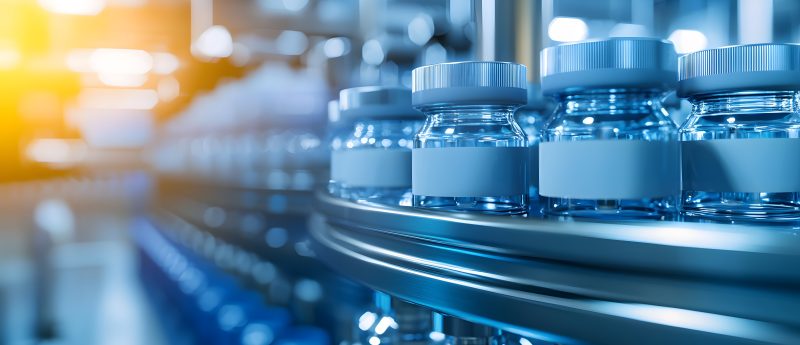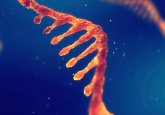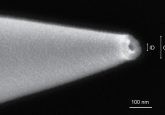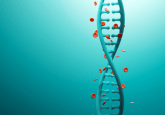Nanopore system offers real-time single molecule analysis of complex biological samples

Scientists from the University of Groningen (The Netherlands) have designed a novel nanopore system that is capable of real-time analysis of different metabolites simultaneously from a variety of biological fluids including blood, sweat and urine. Recently published in Nature Communications, the method is reported to take only a matter of seconds and can be easily utilized by home diagnostic devices.
Team leader Giovanni Maglia (University of Groningen) has previously demonstrated a nanopore method to identify proteins and peptides. Following on from this, Maglia and his team have adapted the method to identify small molecules from complex biological fluids by using a larger cylindrical-shaped nanopore and the binding proteins from the previous method have been adapted to fit inside the nanopore.
The substrate-binding proteins are on one side of the membrane and the sample on the other. Mixing of the two occurs within the pore and if a protein binds to its substrate, it changes its conformation. This, as a result, changes the current passing through the pore. Maglia explained: “We are using the binding protein as an electrical transducer to detect the single molecules of the substrate.”
Maglia and his team demonstrated the usefulness of their method by adding two different substrate-binding proteins to the device that are specific to glucose and the amino acid, asparagine. They were able to collect results within a minute using a fraction of a single drop of blood. This is beneficial as asparagine analysis can normally take days.
In the future, the team are hoping to identify binding proteins suitable for more substrates, including drugs. Maglia concluded: “[T]hey need to be tuned to work with the pore. And at the moment, we don’t really understand the mechanism for this, so finding the right proteins is a matter of trial and error. If we can create a system with proteins that are specific to hundreds of different metabolites, we will have created a truly disruptive new technology for medical diagnostics.”
Sources: Galenkamp NC, Soskine M, Hermans J, Wolka C, Maglia G. Direct electrical quantification of glucose and asparagine from bodily fluids using nanopores. Nat. Commun. 9, 4085, (2018); www.sciencedaily.com/releases/2018/10/181005081631.htm






